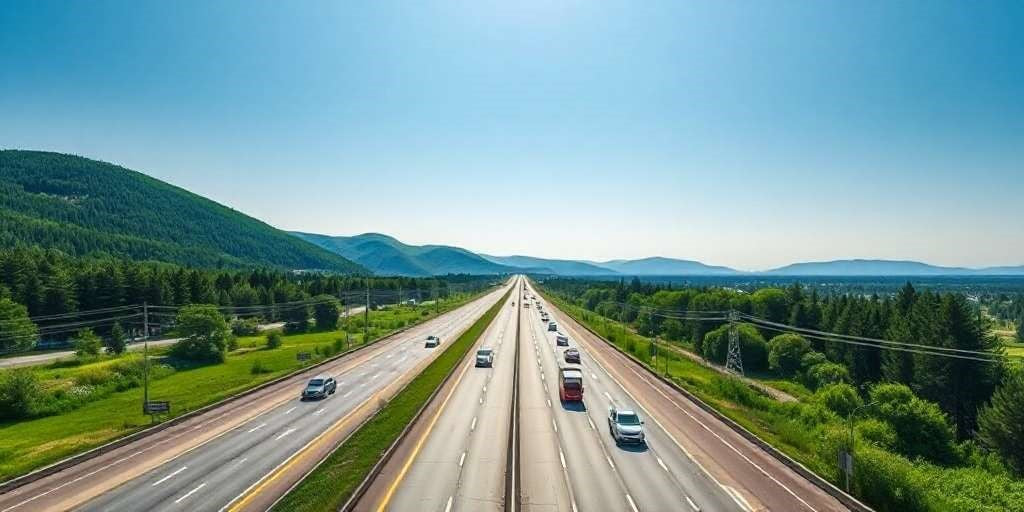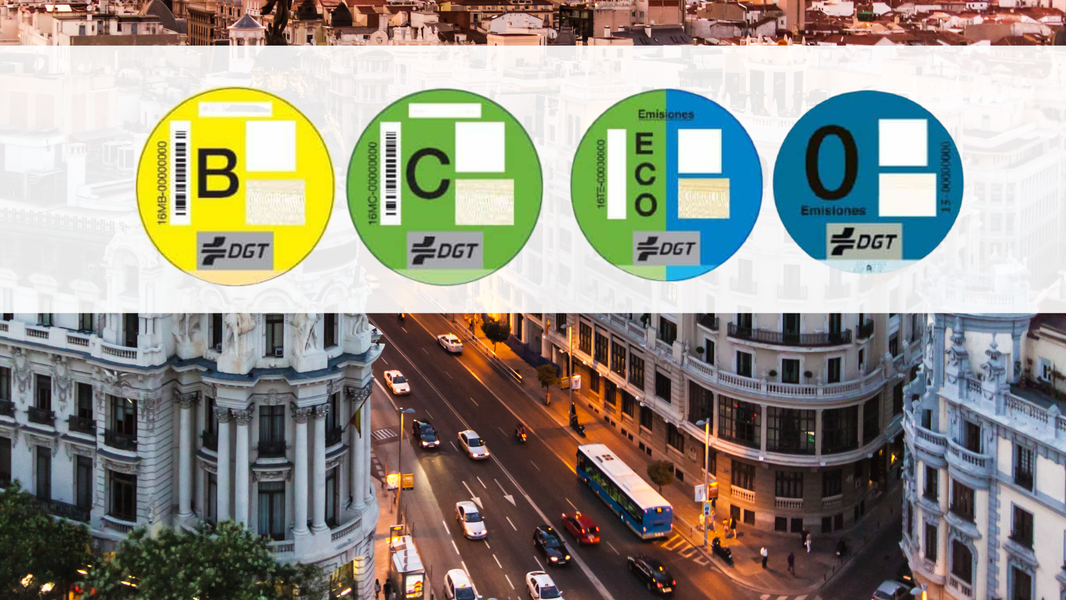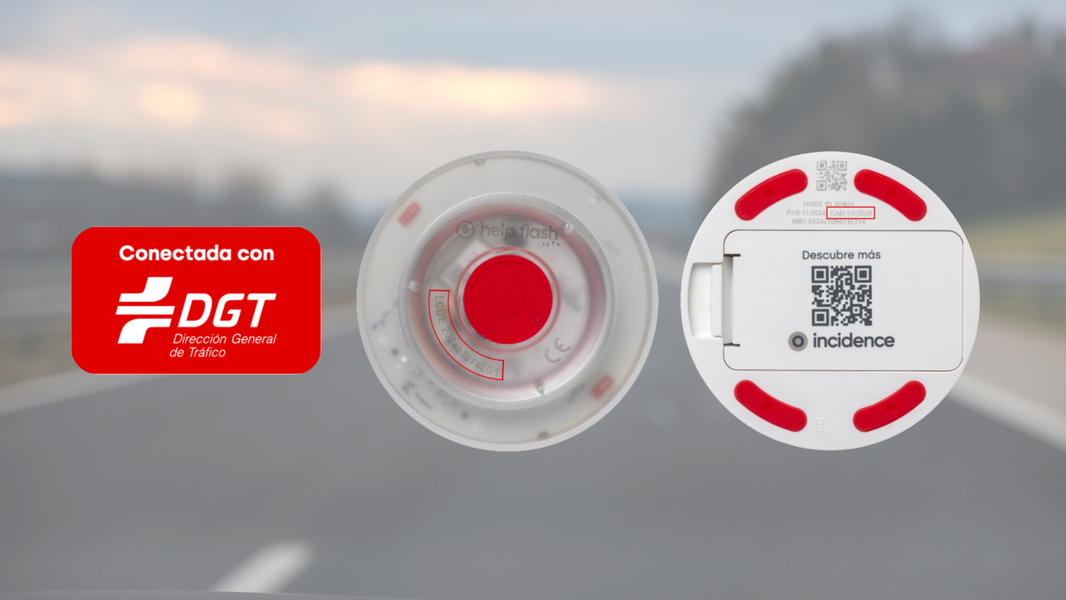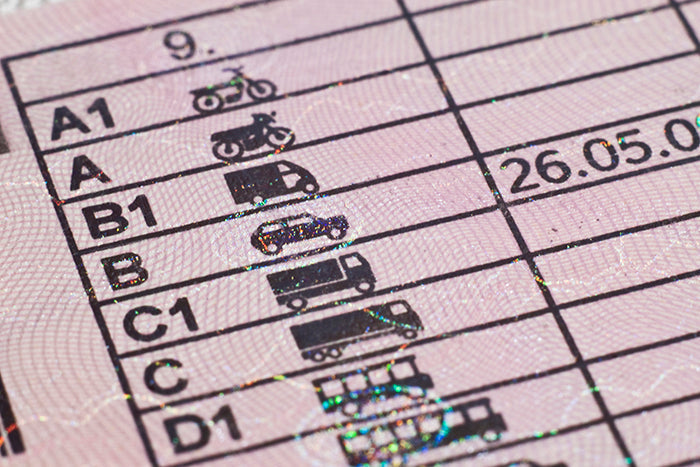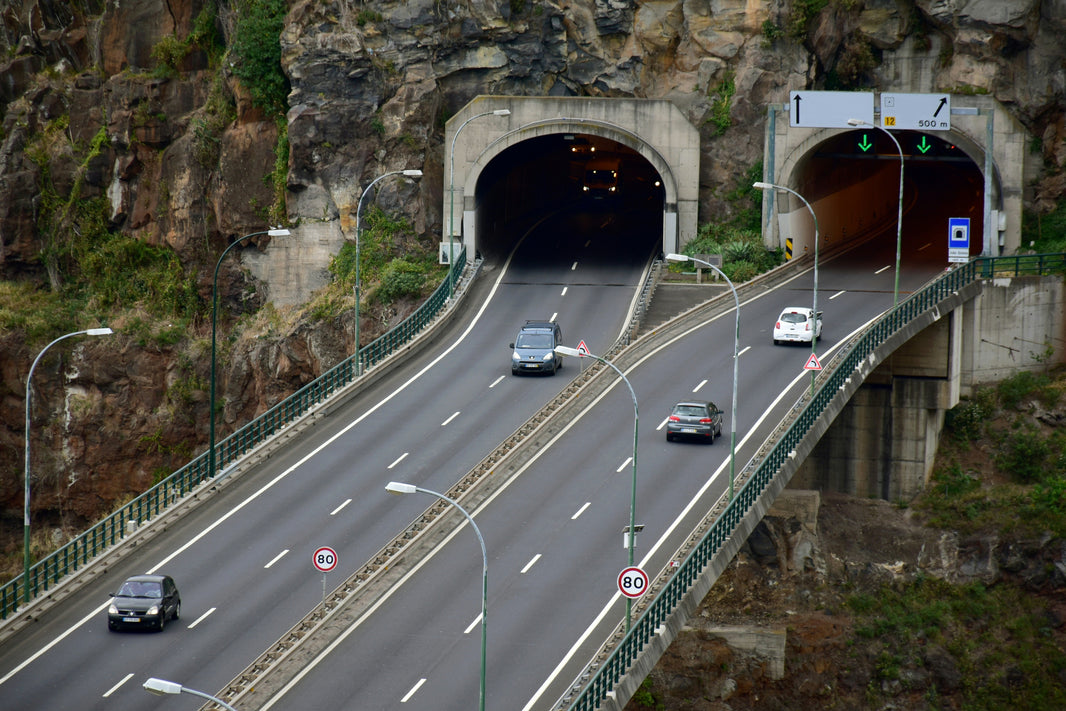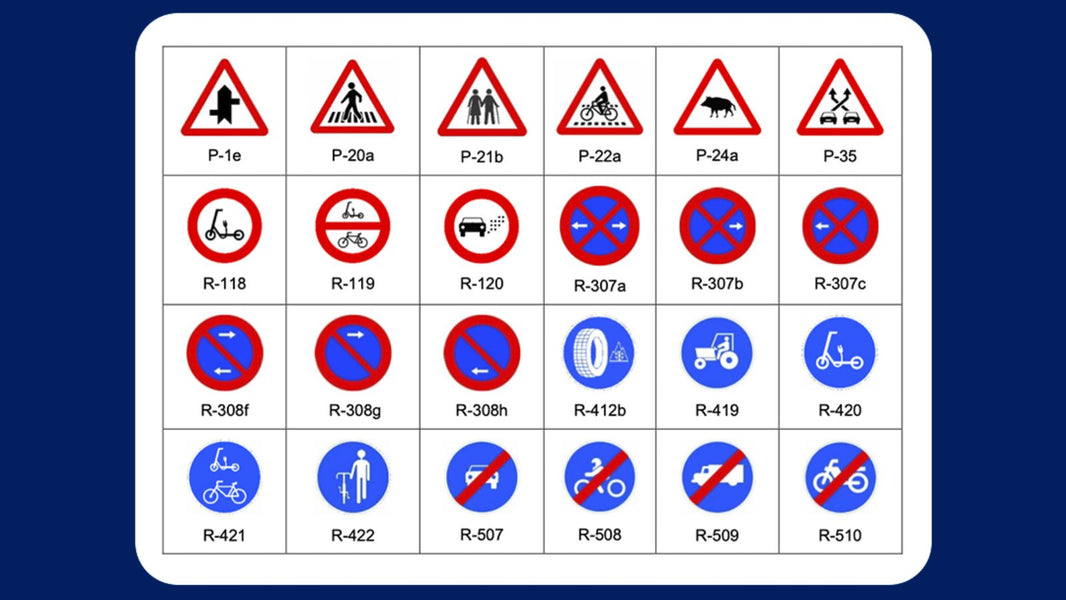In terms of safety, road information , especially in the event of an accident, is a key element in maintaining proper traffic flow . Knowing the state of the roads, or other key factors such as weather conditions and road incidents, helps drivers make informed decisions on their journeys.
As you can imagine, there are various resources and tools that provide real-time traffic data. The Directorate General of Traffic (DGT) and mobile apps will play a key role in accessing this information quickly and effectively.
Road traffic information
Before traveling, it's always highly recommended to be aware of the road traffic you'll encounter. This is an exercise in responsible planning for more efficient and safer mobility.
Today, we have access to real-time traffic information sources , which have evolved enormously over the years. This evolution has been aimed at providing real-time data, which is very useful for road users.
We refer to public and also private sources , which collect and distribute information continuously.
The General Directorate of Traffic ( DGT ) is the main official source of road information. It provides data on road conditions , as well as the location of incidents and weather conditions.
- Traffic reports are updated regularly and can be accessed through various digital platforms, such as the website and mobile app.
- Roadside information panels provide instant updates on traffic jams and accidents.
Digital tools and mobile applications
We just mentioned the website and mobile app for collecting road information through the DGT (Directorate General of Traffic). These digital tools have changed the way drivers access traffic information. Many drivers have not only the DGT app on their devices, but also many others that provide specific road information.
These dedicated mobile apps allow users to receive instant traffic notifications , as well as alerts about accidents and adverse conditions. Digital tools, such as online traffic maps, display current road conditions in an intuitive layout, making navigation easier.
Of course, well-known platforms such as Google Maps and Waze integrate traffic information, offering alternative route recommendations to avoid traffic jams.
In short, a host of digital supports that make the road experience more complete and safer for millions of users.
DGT Resources
The DGT offers all users multiple resources that contribute to improving safety and efficiency on Spanish roads. These resources range from advisory services to driver training, as well as initiatives to ensure road safety.
For example, the consultation services provided by our country's highest road safety authority allow users to access up-to-date information on road conditions. This is an excellent resource to ensure safe and planned driving.
We can do this by making an online query on the DGT portal, where you can obtain information about:
- Meteorological conditions.
- Incidents and accidents in real time.
- Road works that may affect traffic.
And as we've already mentioned, we can integrate the mobile app into our device to receive alerts about congestion and traffic jams and to view live traffic cameras if needed.
Courses and training for drivers
The DGT also offers various training courses designed to facilitate obtaining driving licenses. These include vocational training courses, from obtaining a driver's license to specializations in driving freight vehicles.
The DGT provides a series of certificates that validate the training received, which is especially relevant for those seeking employment in the transport sector.
Special permits and renewals
The DGT also manages the issuance of special permits required to drive certain types of vehicles, such as those transporting dangerous goods. These permits are renewed periodically, ensuring that drivers maintain up-to-date knowledge and comply with legal requirements.
Road protection and safety
And as we all know, the DGT invests significant resources in implementing various initiatives aimed at improving road safety and security . For example, awareness campaigns on seat belt and child restraint use, or educational programs that teach safe driving behavior and the importance of avoiding distractions.
Technology at the service of mobility
Technology has revolutionized the way roads are managed and used . Through it, solutions have been and continue to be designed to improve mobility and increase road safety. Real-time road information is one of those solutions that we encompass within the so-called monitoring systems. But there is much further development in other areas, such as sustainability.
Traffic cameras and incident monitoring
The information we receive about what's happening on the roads comes from traffic cameras . Without them, we would be blind to what's happening on the roads. It wouldn't be possible to monitor road conditions or what's happening on them.
Its positive impact on road information can be seen in:
- Detect traffic jams in real time.
- Visualize vehicle flow and adjust traffic flows.
- Report accidents and adverse conditions.
- Assess incidents on urban and rural roads.
These cameras, integrated into the DGT's traffic management systems, help authorities make quick decisions that minimize the impact of incidents. Image analysis also allows for the detection of patterns and the prevention of problematic situations, thus contributing to greater road safety.
Management systems on motorways and dual carriageways
We're talking about systems designed to optimize the operation of expressways. For example:
- Remote control of traffic signals, including variable speed limits.
- Toll management and electronic collections to streamline traffic.
- Collection of data on traffic volume and travel times in real time.
These systems enable rapid response to emergency situations and facilitate the coordination of roadside assistance services. At the same time, the implementation of technologies such as artificial intelligence is projecting a future where traffic can be managed predictively, improving road flow and safety.
Road safety and prevention
Road safety as a whole is the best way to save lives and prevent accidents in our road safety regulations. A compendium of guidelines in the form of regulations that undoubtedly make a difference in terms of accident prevention and the protection of all road users.
Regulations, for example, such as those regarding seat belt use. It is mandatory (except when reversing or parking), but it remains one of the leading causes of death in traffic accidents.
The regulations apply to both drivers and all passengers in the vehicle (another long-standing doubt), and the DGT imposes fines and points for those who fail to comply.
Tips for a safe trip
Before starting a trip, we must perform a series of checks to ensure safety on the road . We refer to the following tips as recommended:
- Check the condition of the vehicle, including brakes, lights, and tires, ensuring they are in optimal condition.
- Plan your route in advance, choosing safe routes and avoiding unfamiliar paths that could cause unnecessary stress.
- Pay attention to the road information shown along the way.
- Get adequate rest before driving (Fatigue is one of the main factors contributing to traffic accidents).
- Avoid distractions, such as using a cell phone, which can distract the driver.
- Encourage the use of breaks every two hours to recharge and maintain concentration.
Action in case of emergencies
In the event of an accident or emergency on the road, knowing how to act saves lives . Knowing the steps to follow. Act diligently in such stressful situations so that roadside information sources report the incident and we receive help as quickly as possible.
We've already written a piece on what roadside assistance to call for and how to act in the event of an accident, but we'll summarize it again in a few key points:
- Secure the accident scene, if safe to do so. This includes turning on the hazard lights and, if necessary, placing warning triangles at a suitable distance.
- Contact emergency services for professional assistance. It is recommended to use 112 to call emergency services in any critical situation.
- Provide aid to the injured, as long as it doesn't involve putting yourself in danger. Assessing the situation and providing support until medical services arrive is essential.
- If it is If possible, document the accident. Taking photos and noting details about the incident can be helpful for future paperwork.
Public road information and communication
Traffic authorities in Spain collaborate with various institutions to ensure that relevant information is accessible to all road users.
One of these dissemination mechanisms is press releases . Both the DGT and other government agencies rely on them to disseminate relevant information about road conditions and current regulations. These publications provide real-time traffic updates, alerts about adverse weather conditions that may affect traffic, legislative changes, or campaigns and actions aimed at improving road safety.
Role of the Civil Guard in road safety and road information
Beyond simply regulating traffic, Civil Guard officers contribute to the control and supervision of traffic regulations; assist in the investigation of accidents and the collection of data on their causes; promote driver education and awareness about responsible driving practices; and also collaborate with the DGT (Directorate-General for Traffic) in implementing special operations during periods of high traffic.
This joint effort ensures a regulatory framework that plays a key role in reducing accidents and improving the country's road safety culture. We must not forget the responsiveness of the Civil Guard, which is crucial in emergency management, protecting the lives and safety of road users.
Conclusions
The road information we seek before, during, and even after a trip is more readily available today than ever before thanks to new technologies and the instant communication we get on our connected devices.
